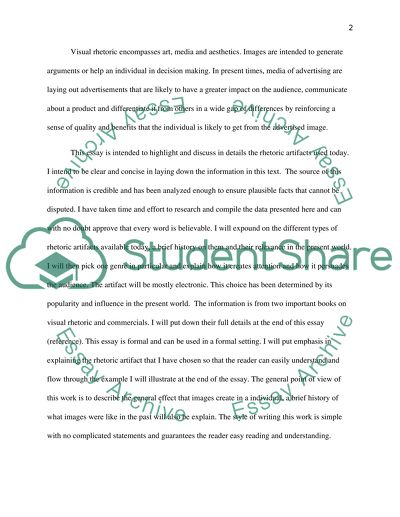Cite this document
(“The Rhetorical/Visual Analysis Essay Example | Topics and Well Written Essays - 1500 words”, n.d.)
The Rhetorical/Visual Analysis Essay Example | Topics and Well Written Essays - 1500 words. Retrieved from https://studentshare.org/english/1435213-the-rhetorical-visual-analysis
The Rhetorical/Visual Analysis Essay Example | Topics and Well Written Essays - 1500 words. Retrieved from https://studentshare.org/english/1435213-the-rhetorical-visual-analysis
(The Rhetorical/Visual Analysis Essay Example | Topics and Well Written Essays - 1500 Words)
The Rhetorical/Visual Analysis Essay Example | Topics and Well Written Essays - 1500 Words. https://studentshare.org/english/1435213-the-rhetorical-visual-analysis.
The Rhetorical/Visual Analysis Essay Example | Topics and Well Written Essays - 1500 Words. https://studentshare.org/english/1435213-the-rhetorical-visual-analysis.
“The Rhetorical/Visual Analysis Essay Example | Topics and Well Written Essays - 1500 Words”, n.d. https://studentshare.org/english/1435213-the-rhetorical-visual-analysis.


